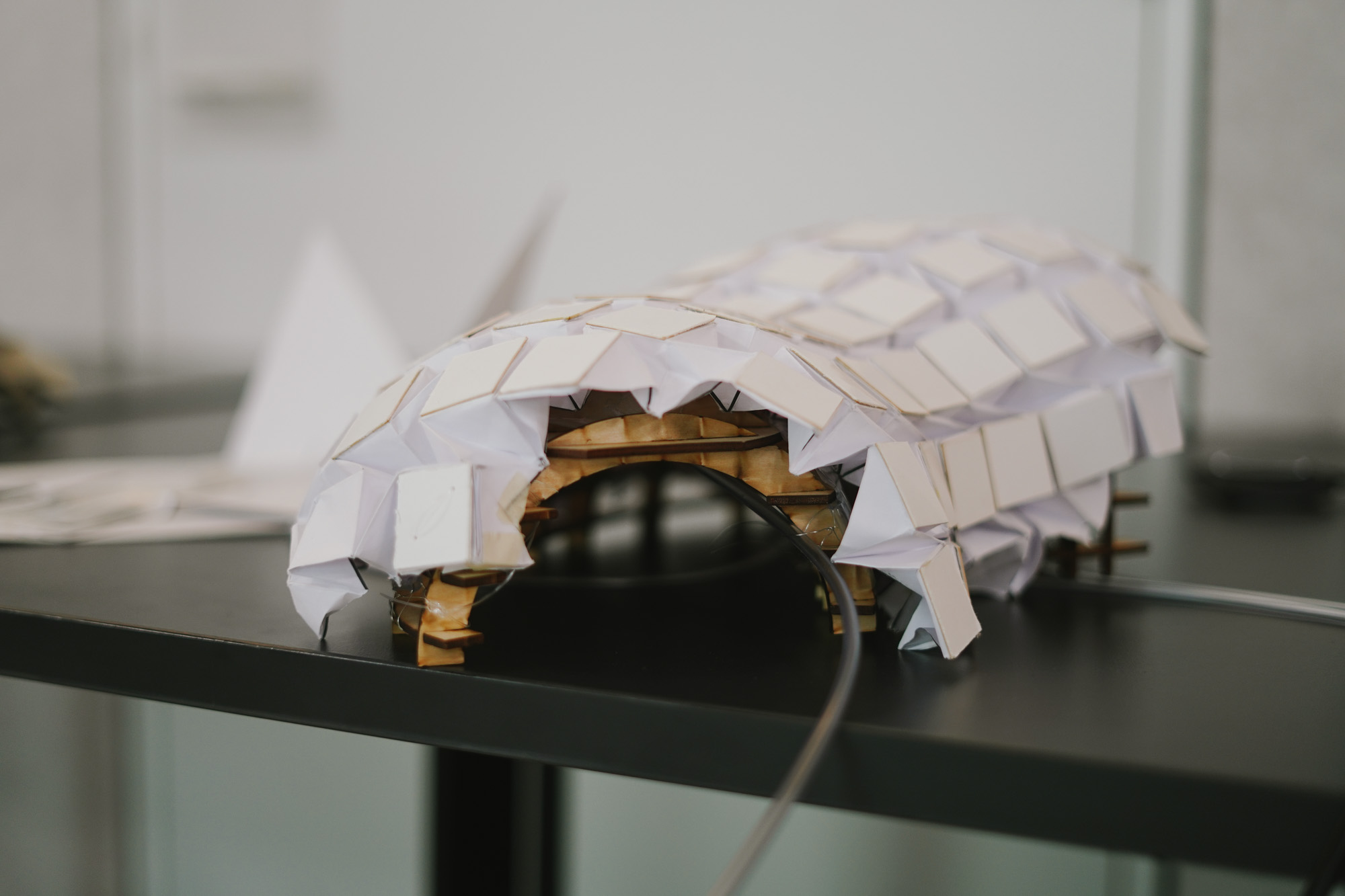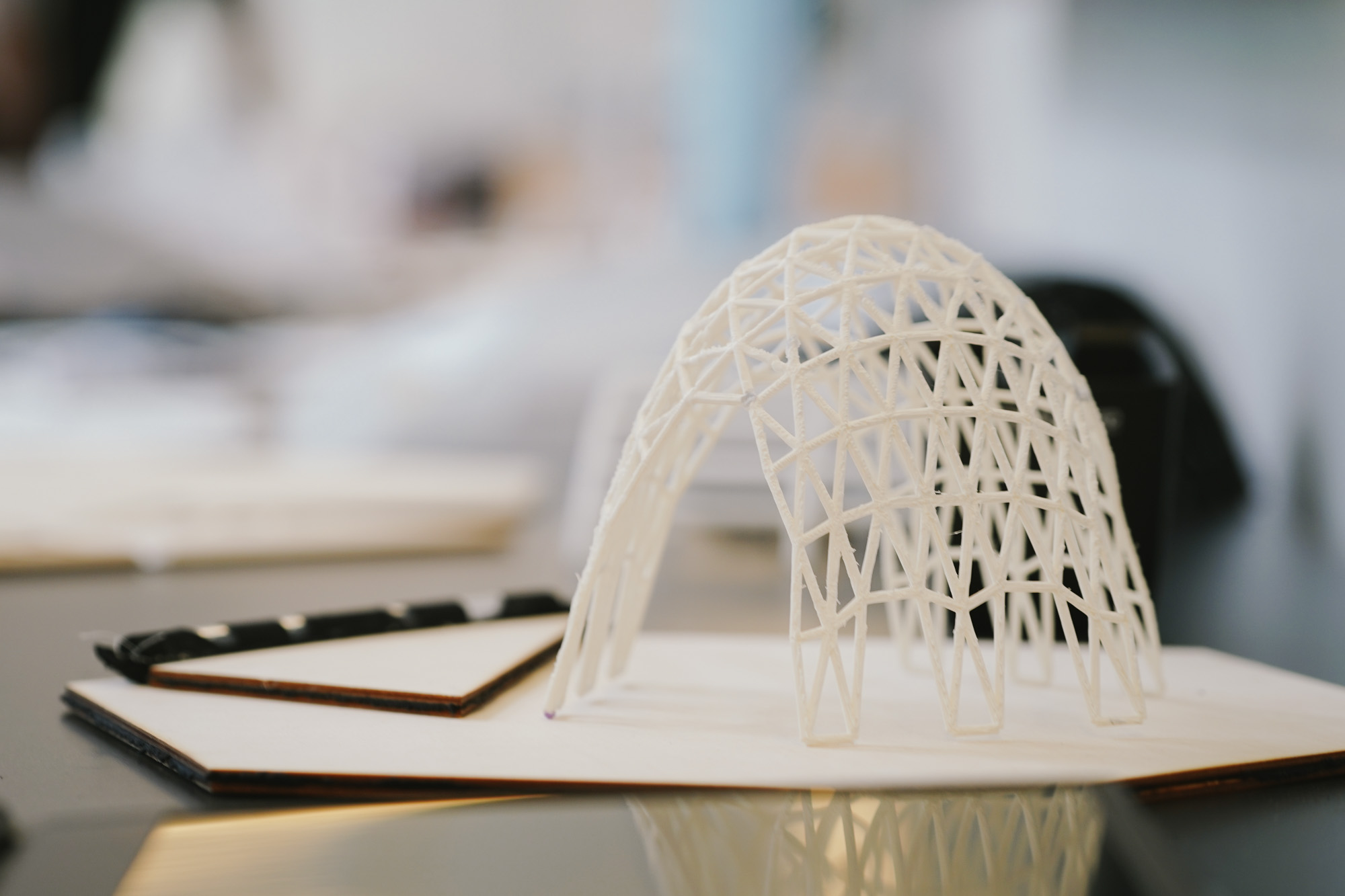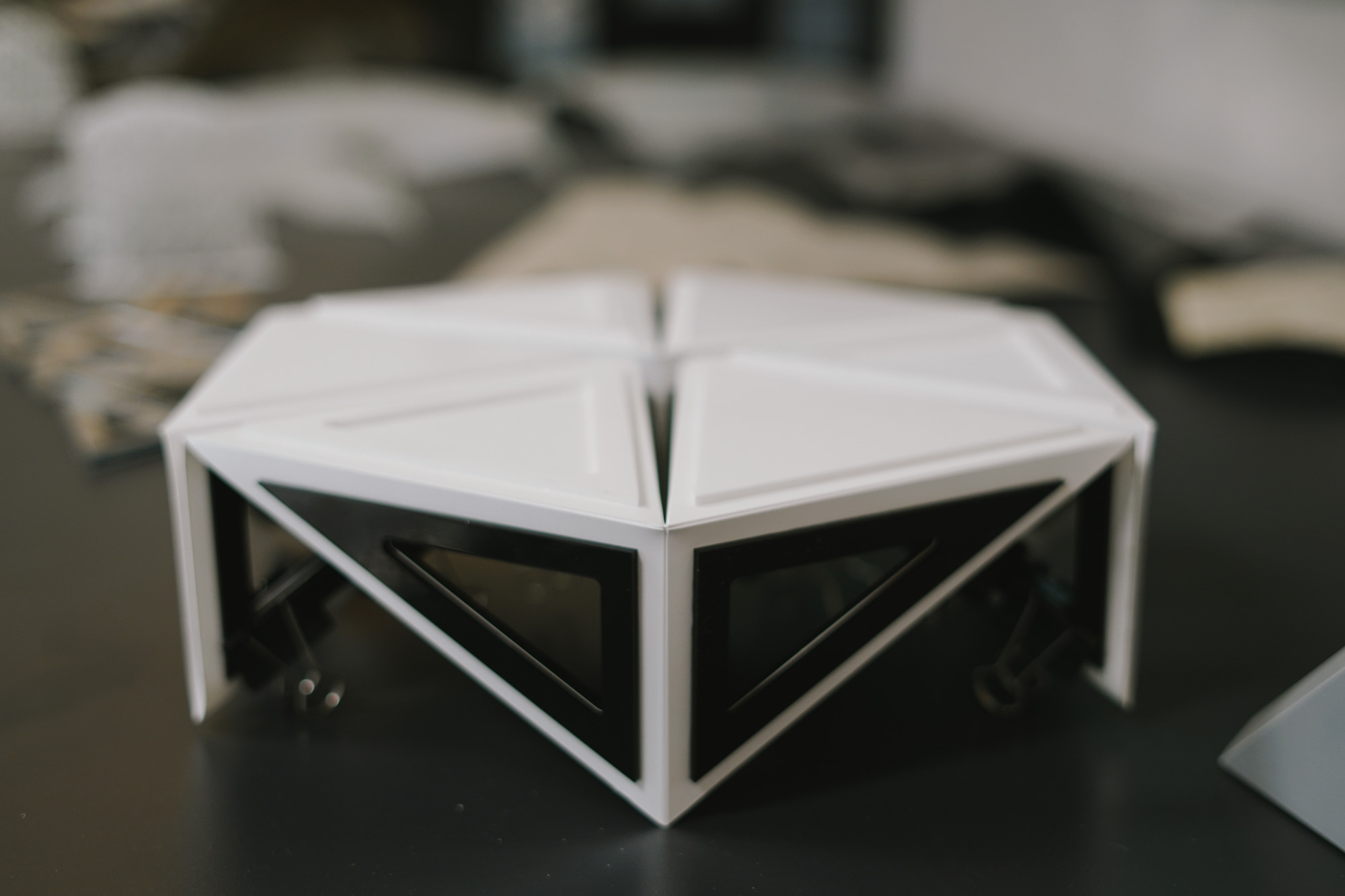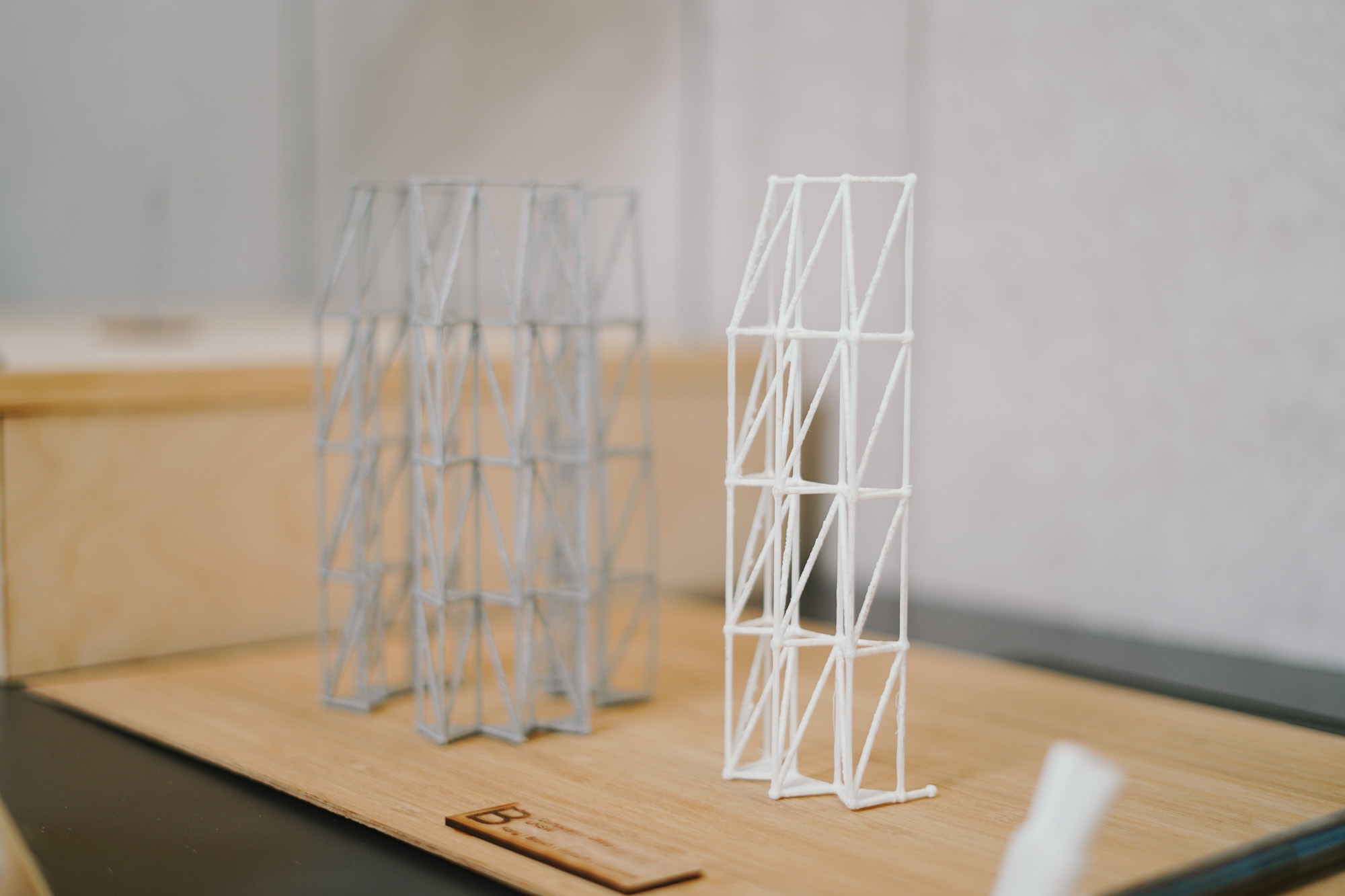Expecting the unexpected with weather-responsive architecture
As global warming causes our planet to heat up, weather disasters are becoming increasingly common. Jeff McAllister, a chemical engineer and story-teller at Arup, investigates how we can use technology to create a built environment capable of responding to outside forces.
In an era of rapid global warming, it feels like the only constant is change. How can technology help us create a built environment that can evolve just as fast?
One year before the chess-playing computer ‘Deep Blue’ famously played and defeated world champion Garry Kasparov, IBM was busy trying to predict the weather. The year was 1996 and weather forecasting was still relatively unspecific. A person in Sydney could learn whether to leave the house with a rain-jacket, but could not be certain over which city blocks that rain would fall.
Lloyd Treinish, a climate scientist who’d joined IBM a few years earlier from NASA, recognised the value in being able to make more accurate weather predictions. In his previous career, he’d seen just how much chaos unexpected wind or rain could cause for an otherwise controlled launch. From agriculture to construction, many aspects of our economy are dependent upon the weather. In 1995, Treinish built a parallel processing supercomputer based on the IBM RS/6000 SP and set out to predict the weather for the opening ceremony of the 1996 Olympic Games. An early application of IBM’s Deep Learning machine learning program, the program was dubbed Deep Thunder.
The team spent the next year in a muggy office in Peachtree City, Georgia—25 miles Southwest of Atlanta City—making multiple forecasts per day. Each forecast was then checked against actual weather data, corrected, and fed back into the machine to create a feedback loop. This, at its simplest, is how machine learning still works today. Now, however, we have greater access to data than ever. Our cities are getting smarter. We have sensors on our buildings capable of detecting ambient temperatures, humidity levels, and the concentration of pollution in the air. High-resolution satellite images can be used to pick out the tiny physical details off a single city block. The need to predict weather events is also becoming increasingly important. More than just bad for business, it’s become a matter of life and death. In the 22 years since Treinish commissioned Deep Thunder, we’ve seen roughly 7000 weather-related disasters around the world claim over 600,000 lives.
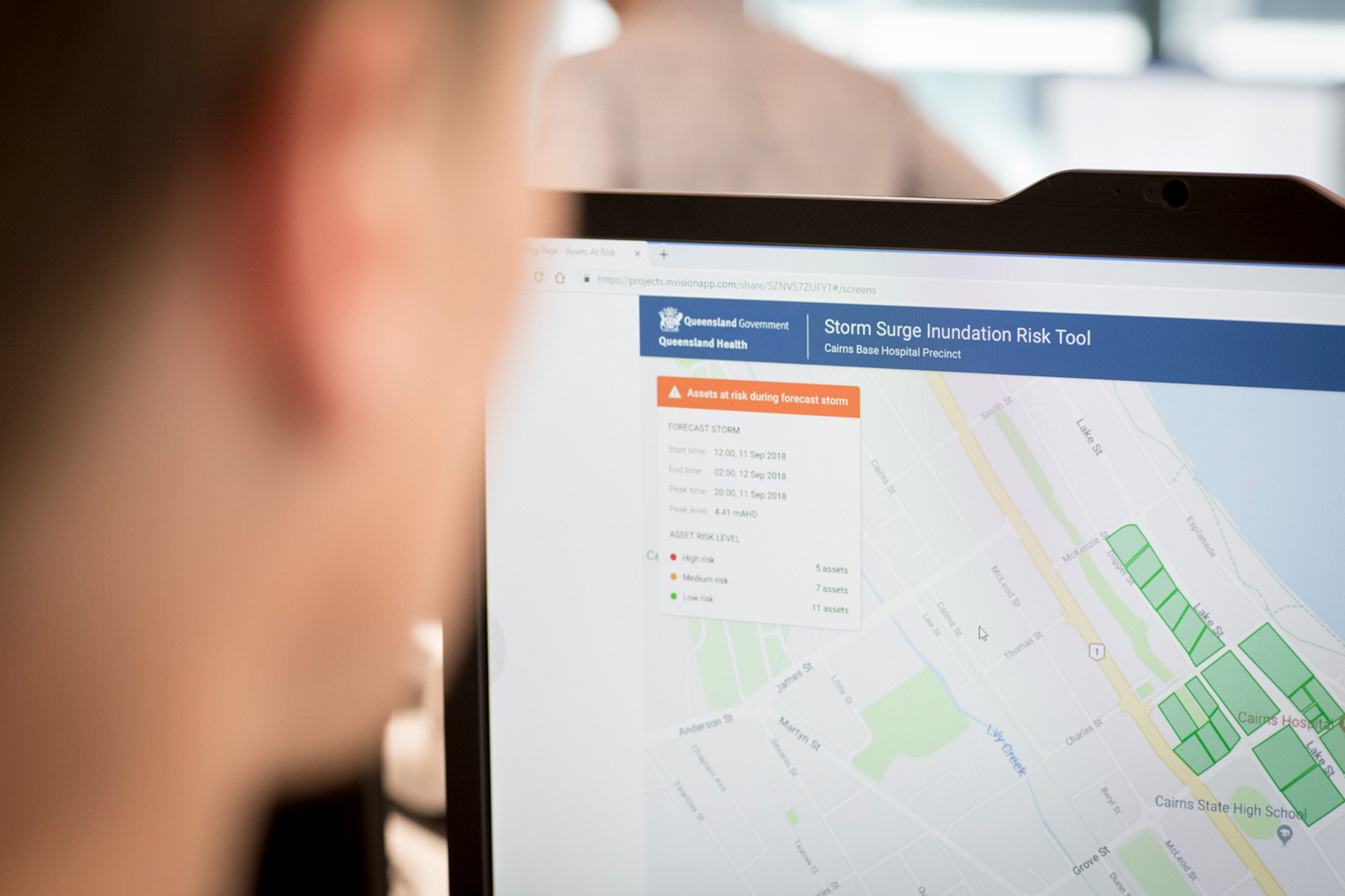
On average, 205 million people are affected by extreme weather each year. As global warming causes our planet to heat up, such events are only becoming more common. To best prepare, we first need to understand climate change—something we’re not particularly good at. Could modern climate models, borrowing from the methods first proposed by Deep Thunder, help us side-step this particularly divisive step?
Even if we were to stop emitting carbon dioxide (CO2) tomorrow, it is unlikely that the planet would stop warming straight away. CO2 can remain in the atmosphere between 20 and 200 years, and for perspective, in 2018 we blew 37.15 billion gigatons of CO2 into the atmosphere. The climate policy of the future will likely need to be less tuned to halting emissions, more tuned to mitigating climate impacts. What if we began to look at technological innovations through the same lens?
Since the late 1960s, we’ve been designing buildings that are capable of responding to changes in their environment. The term ‘responsive architecture’ was coined by computer scientist and architect Nicholas Negropointe. Negropointe used the term to describe any piece of infrastructure capable of responding to its environment. The most prominent examples are those tuned to the predictable cycles of the day. Retractable sunshades and two-side façade-systems can be used to passively control the climate within our buildings. These can be controlled by a simple environmental sensor, control system and actuator. But now our environment is under-going more dramatic, permanent changes. Rising sea levels devour our coastlines and earthquakes restructure our topography. We need architectures that are capable of equally dynamic movements if we want our built environment to remain relevant and effective in this era of change.

Imagine a building capable of bracing itself against a cyclone, or large supple seawalls, capable of rising-up to protect tropical cities like Cairns and Townsville from storm surges. Or a structure made up of independent robotic components, capable of quickly rearranging itself to form a protective shield around its occupants in the case of a severe storm. Given the current state of architectural robotics, these scenarios are not far-off becoming reality. In fact, the most complicated part may not be the feedback system at all, but rather creating a dynamic structure capable of safely co-existing with humans. Robots have typically been designed for speed and precision—but their mechanical components can make them dangerous to be around, let alone inside.
Some of these challenges are being addressed by the emergence of soft robotics. Inspired by biology, soft robots use compliant materials like rubber and silicon powered by pressure differential, instead of motors and rods. Academics at the University of New South Wales are currently using these principles to build a meeting room capable of changing to shape based on the number of people inside it. Four years ago, the University College London’s Architecture Lab demonstrated a similar concept through a soft pneumatic pavilion called ‘Furl.’ Featuring several silicon-cast tentacles, ‘Furl,’ is capable expanding and constricting itself to interact with an observer wearing a connected electroencephalographic cap.
To make structures capable of such dynamic changes feasible, we need to move away from entirely reactive systems toward proactive ones. Here, receiving input from a predictive climate model is a lot more viable than working with real time environmental sensors.


Less dramatic city-wide defense systems are already using climate models to good effect. Deep Thunder is still around, and IBM are using it in Brazil to better anticipate flooding and landslides like the ones that killed over 200 people in Rio in 2010. In this case, Deep Thunder’s outputs are stitched directly into other layers of the city’s information system. If a landslide is predicted, response crews can be deployed, and emergency shelters prepare before the disaster even starts.
On a micro-scale, similar climate models can be plugged into the building information systems, to accurately predict when infrastructure might be at risk. In a state of emergency, evacuating critical infrastructure like power stations can often cause more damage than good unless absolutely necessary. Blackouts add chaos to an already chaotic situation. By weighing expected flooding against an asset’s known elevations and escape route, managers can leave the decisions to evacuate until the very last minute.
While the most staggering effects of climate change will be felt in very specific places, it is important to remember that as a species we have never been better placed to deal with its challenges. The effects may be felt locally, but these are translation of global perturbations in our atmosphere. And if one of our best defenses involves the use of data, to feed these models and make them more accurate, it is important that we share our experiences widely and centralise the lessons learned.
Following his defeat by Deep Blue, Gary Kasparov decided to invent a new form of chess. Advanced Chess involves collaboration between ‘centaur’ teams, containing one man and one computer. Many proponents of Advanced Chess believe that by allowing computers to join the game, we’ve eliminated careless blunders, allowing the human player to rise to a higher level—one of purely tactical play. Perhaps this will be the strongest legacy of artificially intelligent climate modelling? By eliminating the what-ifs, the decision paralyses, and the political incentives that stand in our way, can we overcome our individual blunders and begin to make the best decisions for us all?
All photos in this story are courtesy of Arup.
Thank you Jeff, for your insight into the future of weather responsive architecture. This article came out of Jeff’s work with Arup Foresight, Research & Innovation, identifying and analysing the major trends shaping the future of the built environment. You can find out more about what the future holds on their website.
